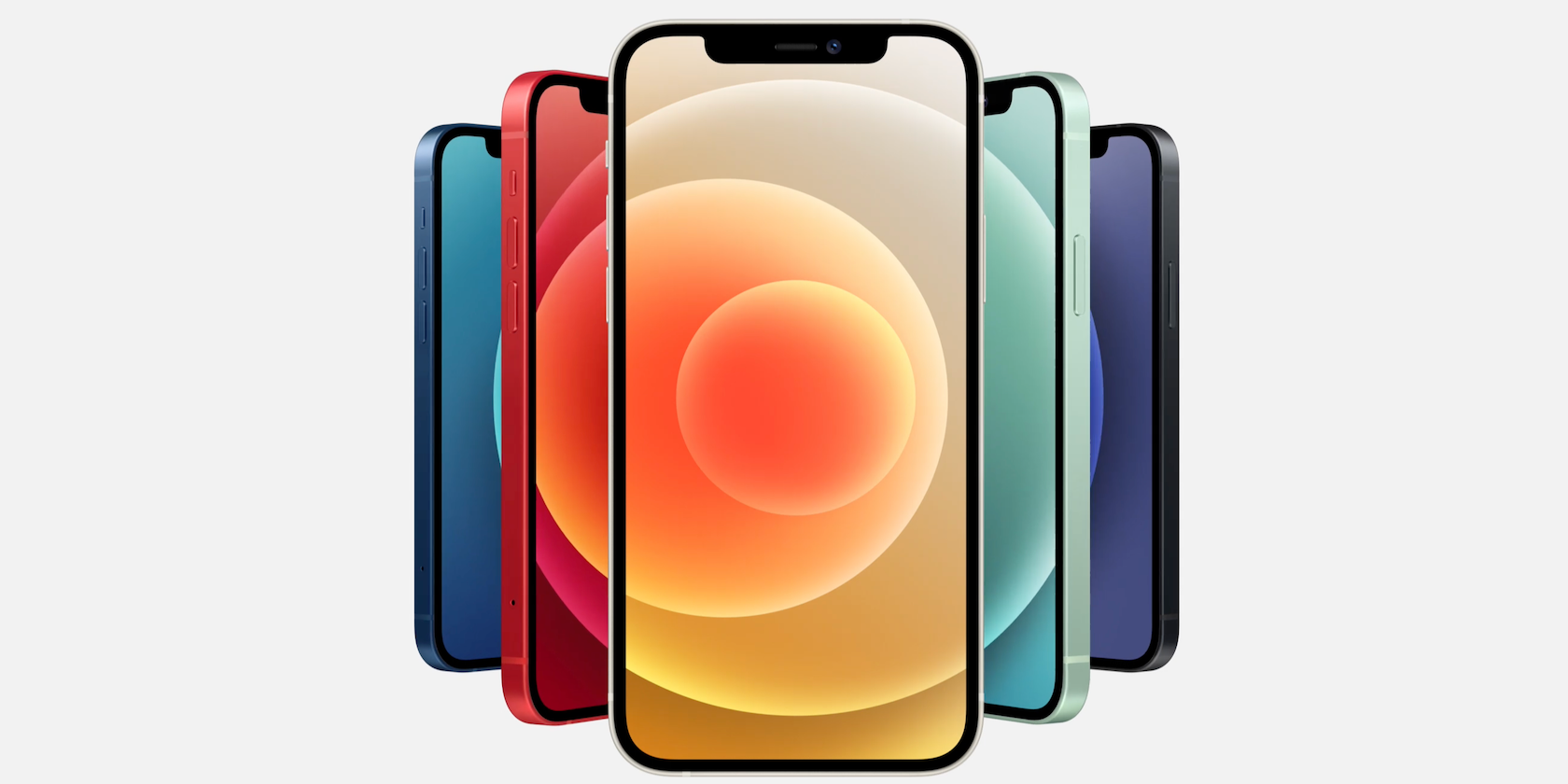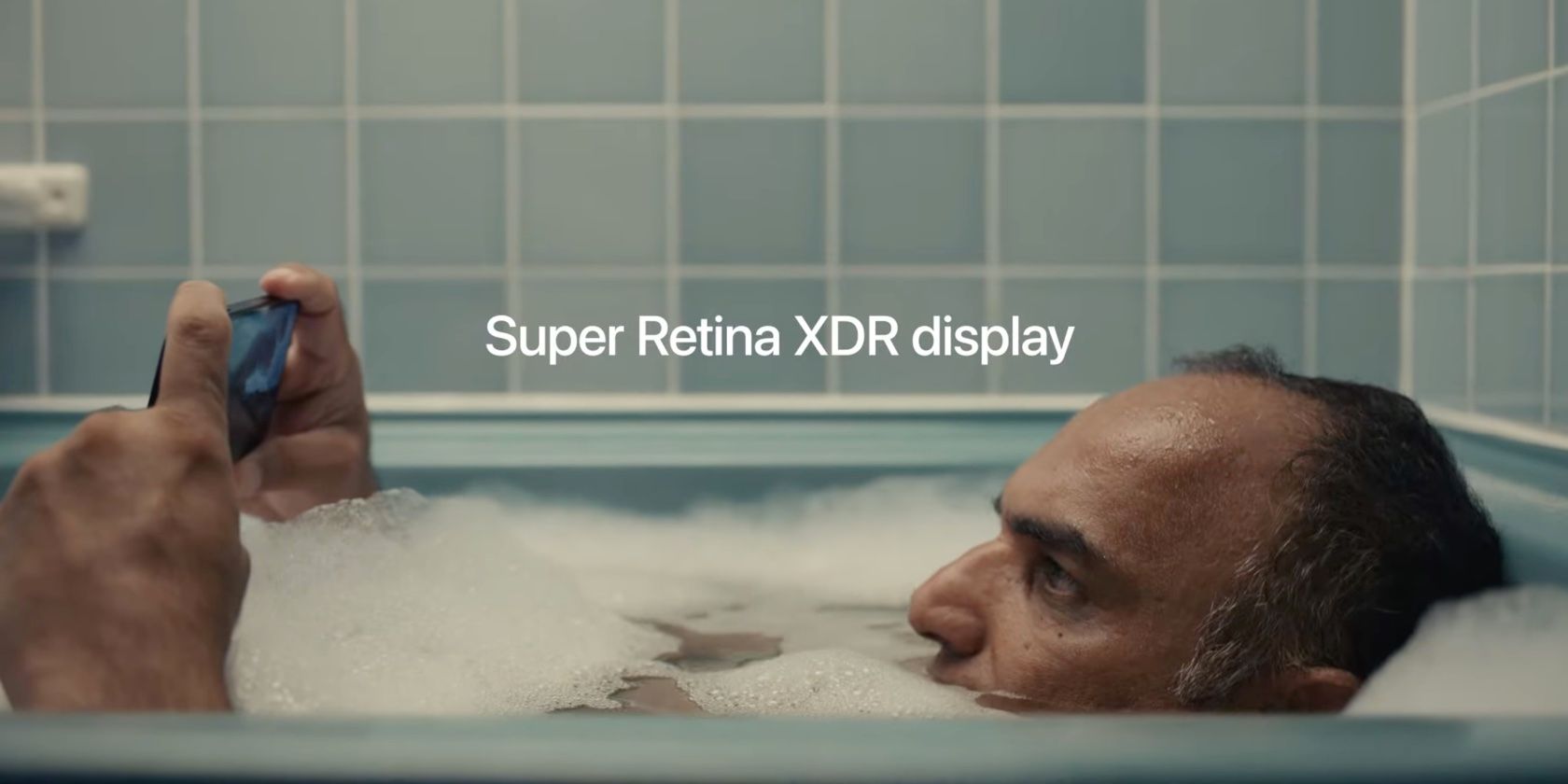Once more, Samsung comes to the rescue as its display-making arm will provide the technology needed to give the next iPhone a smoother, power-friendlier 120Hz display.
The Korean site The Elec says Samsung Display will be the exclusive supplier of organic light-emitting diodes (OLED) for "Pro" versions of the iPhone 13. As we recently reported, Apple is also bringing its LiDAR scanner to the entire iPhone 13 lineup).
The Advantages of LTPO OLEDs
"Both models of iPhone 13 will use low-temperature polycrystalline oxide (LTPO) thin-film transistors (TFT) OLED panels made by Samsung Display," writes the publication. LTPO technology has several advantages, namely battery savings due to a more power-efficient backplane (which turns the pixels on and off).
Recent Apple Watches are more power-efficient partly because they've switched to LTPO OLEDs. The technology may also help Apple bring an always-on display to the iPhone 13.
Diversifying the iPhone 13 Supply Chain
The report goes on to relay the widely-held belief that the iPhone 13 lineup is comprised of four models, just like the iPhone 12. All four iPhone 13 models will use OLED panels, with the top two models (likely the iPhone 13 Pro and iPhone 13 Pro Max) said to incorporate Samsung's LTPO OLED technology which can support the 120Hz refresh rate.
The Elec previously reported that LG and Samsung will both supply display components to Apple for the iPhone 13 family, with LG beginning to churn out LTPO OLEDs later this year.
Chinese manufacturer BOE is also expected to win some orders, meaning Apple will finally break its dependency on Samsung for iPhone displays this year. Thanks to its leadership and manufacturing prowess, Samsung Display has exclusively supplied Apple with OLEDs for phones ever since Apple adopted the technology on the iPhone X.
It’s High Time the iPhone Adopted ProMotion
All iPhones have 60Hz screens. A 60Hz screen redraws on-screen content 60 times per second, so outfitting the iPhone 13 with a 120Hz screen would bring twice the screen refresh rate. The higher the display refresh rate, the smoother the movement when enjoying slow-motion video, playing action games, scrolling webpages, etc.
Apple first implemented a 120Hz display on a mobile product with the redesigned iPad Pro models featuring Face ID, which were introduced back in 2018. Since then, Apple fans have been clamoring for the technology to leap onto the iPhone. Analysts and watchers have been calling for a 120Hz iPhone for the past two years, at least.
Why the iPhone Passed on a 120Hz Screen
In the meantime, Apple's chief competitor Samsung has rolled out 120Hz phones, as have other makers of high-end Android smartphones. As for Apple, in August 2020, serial leaker Jon Prosser shared an iOS 14 screenshot on Twitter showing a 120Hz toggle in the Settings app, but Apple has removed it from the public version of iOS 14.
The "Enable Adaptive Refresh Rate" toggle, when enabled, alters the display refresh rate of the device from 120Hz to 60Hz "in accordance with the content displayed on-screen," according to the feature's description. Its sudden removal---and we're speculating here---could indicate that the iPhone 12 was probably supposed to introduce a 120Hz Retina screen.
It's unclear why Apple delayed the feature last minute, but supply chain disruptions caused by the current pandemic might have had something to do with it.


